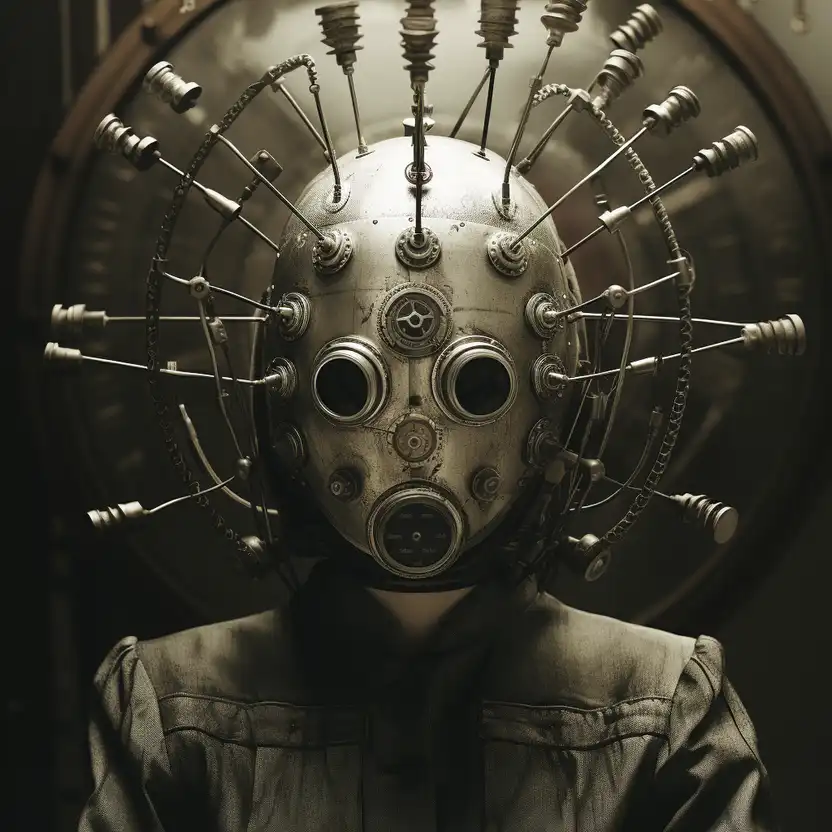What is Visual Mockups?
Visual mockups are detailed static representations of a design that portray the appearance and interface of a product or website before it is fully developed or coded. They embody the final look of a project, showcasing layout, typography, color schemes, and the overall visual aesthetic. Visual mockups serve as an intermediary stage between wireframes, which are more skeletal and functional, and prototypes, which are interactive and functional. In the realm of web and app design, visual mockups provide stakeholders, including designers and clients, with a tangible depiction of how the end product will appear, aiding in the approval process and refining the visual narrative of the project.
Key Takeaways
- Visual mockups present a detailed visualization of a design project's end appearance, including color, typography, and layout.
- They act as a critical tool for communication between designers and stakeholders, ensuring alignment on the visual direction before development begins.
- Visual mockups help identify potential design flaws or issues early in the project lifecycle, preventing costly revisions later on.
- They bridge the gap between wireframes, which are primarily functional, and prototypes, which include interactivity.
- Creating visual mockups usually employs tools like Sketch, Adobe XD, or Figma, which offer robust features for precision and detail.
Importance of Visual Mockups in the Design Process
Visual mockups play a pivotal role in the design process, translating abstract wireframes into concrete visuals that convey the tone, brand identity, and aesthetic elements of the final design. This process allows designers to focus on intricate details, such as spacing, alignment, and styling elements, which are crucial for a coherent and appealing user experience. By having a visual reference, developers can more accurately translate design concepts into functional code, while reducing the risk of misunderstandings and miscommunication between design and development teams.
Choosing the Right Tools for Creating Visual Mockups
Choosing the right tools for creating visual mockups can significantly influence the efficiency and quality of your design workflow. Popular tools such as Sketch, Figma, and Adobe XD offer varied features tailored to different stages of design development. Sketch is renowned for its intuitive interface and plugins that enhance its functionality, while Figma offers real-time collaboration capabilities, making it ideal for teams. Adobe XD integrates seamlessly with other Adobe products, offering a comprehensive design toolkit. Selecting the right tool depends on the project's specific requirements, team dynamics, and the desired level of interactivity and precision in the mockups.
Potential Challenges with Visual Mockups
Despite their many advantages, creating visual mockups can present several challenges. It requires a keen eye for detail and a comprehensive understanding of branding and user interface principles. Designers must balance creativity with functionality, ensuring that the visual elements align with user needs and project goals. Additionally, there can be discrepancies between the static mockup and the final product due to technological constraints or unforeseen development limitations. Effective communication between designers and developers, alongside iterative feedback loops, can help mitigate these challenges, ensuring that the final product aligns closely with the initial visual mockup.
The Bottom Line
Visual mockups are an integral component of the design process, providing a clear, detailed representation of a project’s final look and feel. They are indispensable for aligning client expectations with design outcomes and facilitating seamless designer-developer collaboration. For startups, digital agencies, and direct-to-consumer eCommerce brands aiming to produce visually compelling products, leveraging visual mockups can enhance design precision, reduce revision cycles, and ultimately lead to more successful project outcomes. By investing time and resources into well-crafted visual mockups, stakeholders can ensure a smoother transition from design to development, culminating in a product that is both visually captivating and functionally robust.
















